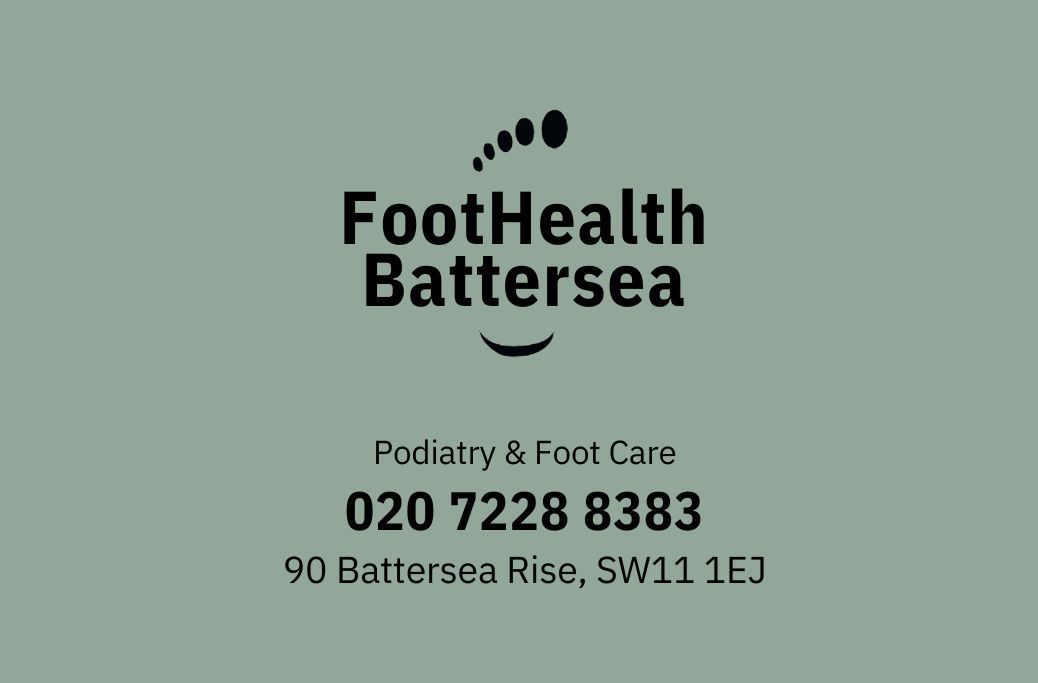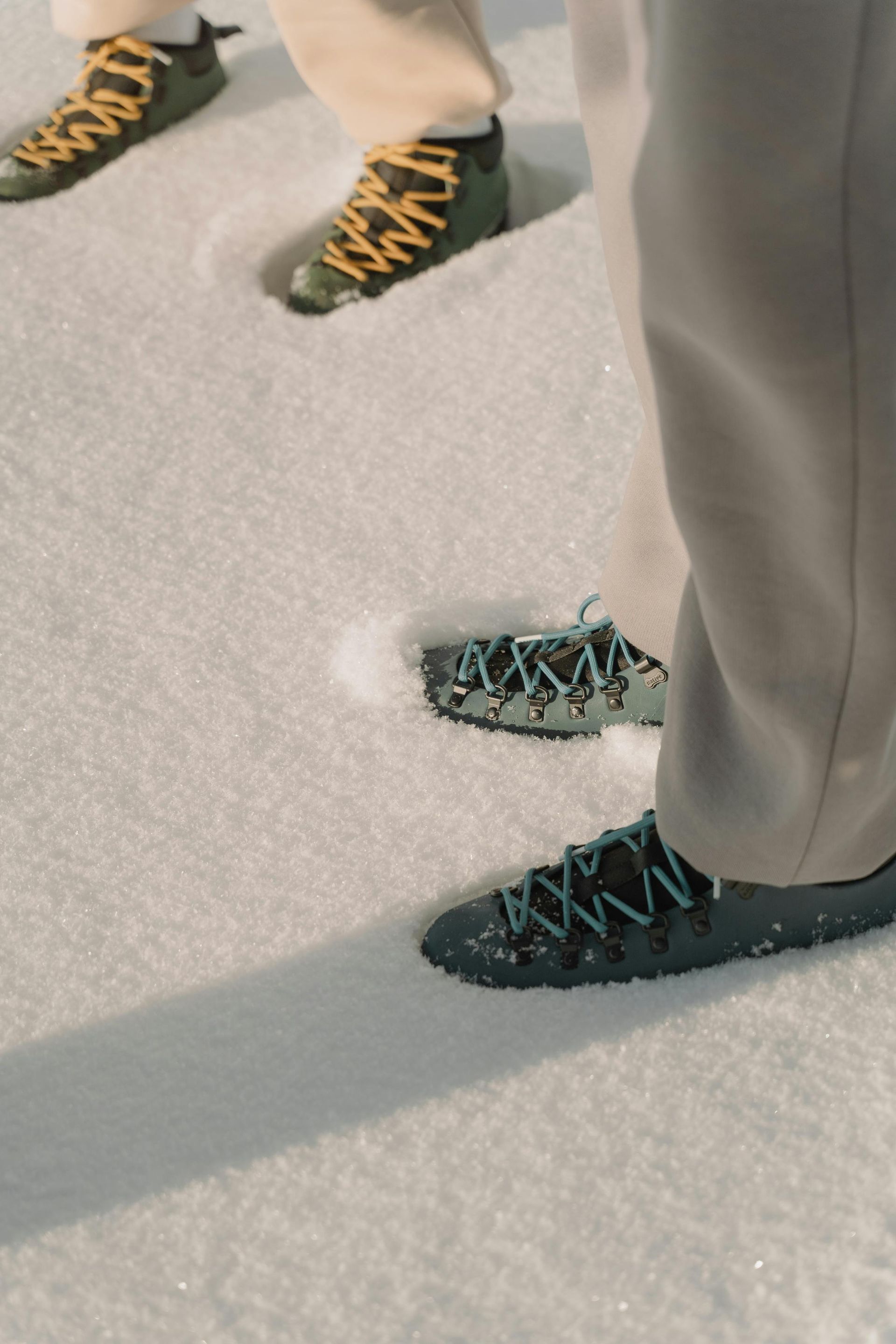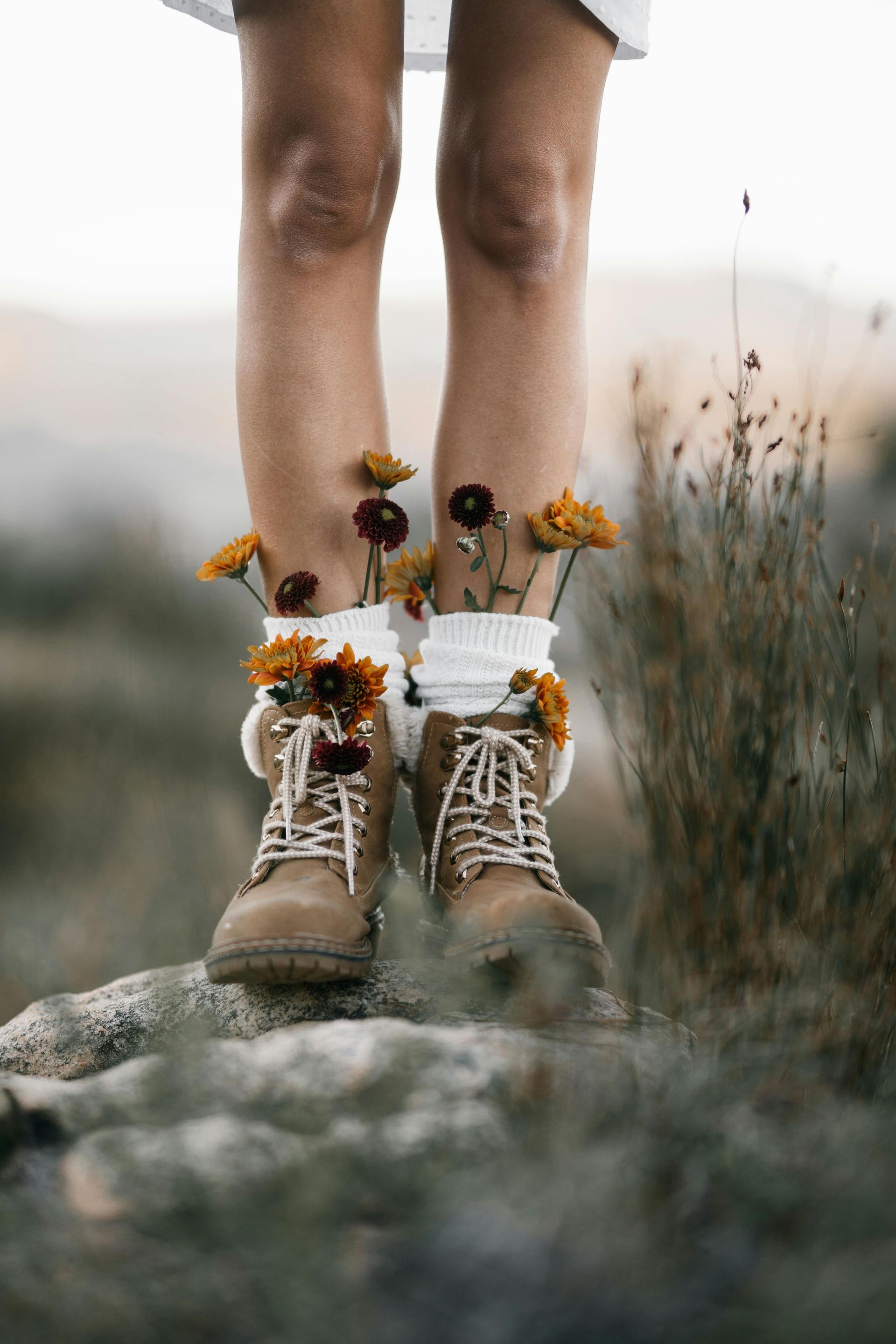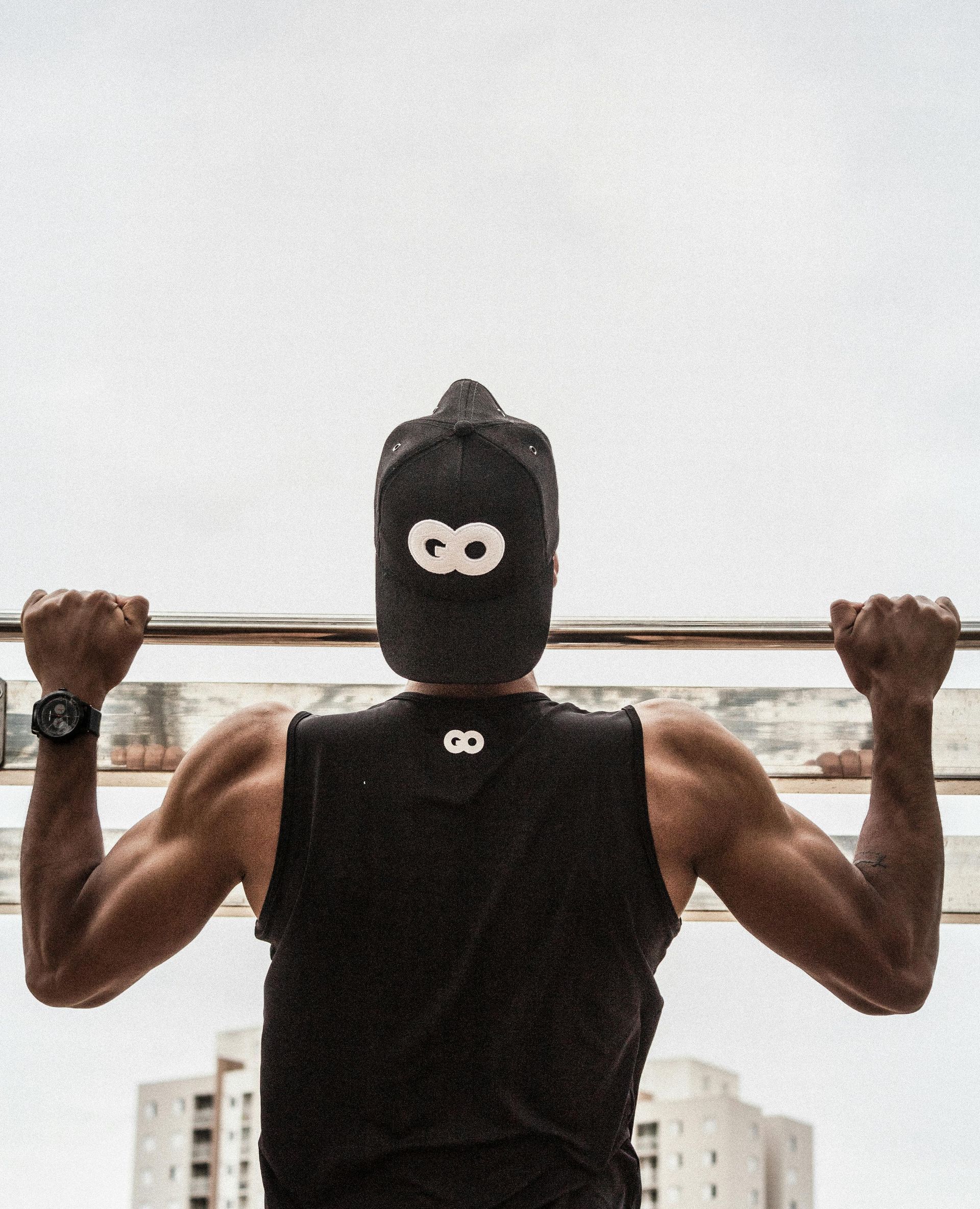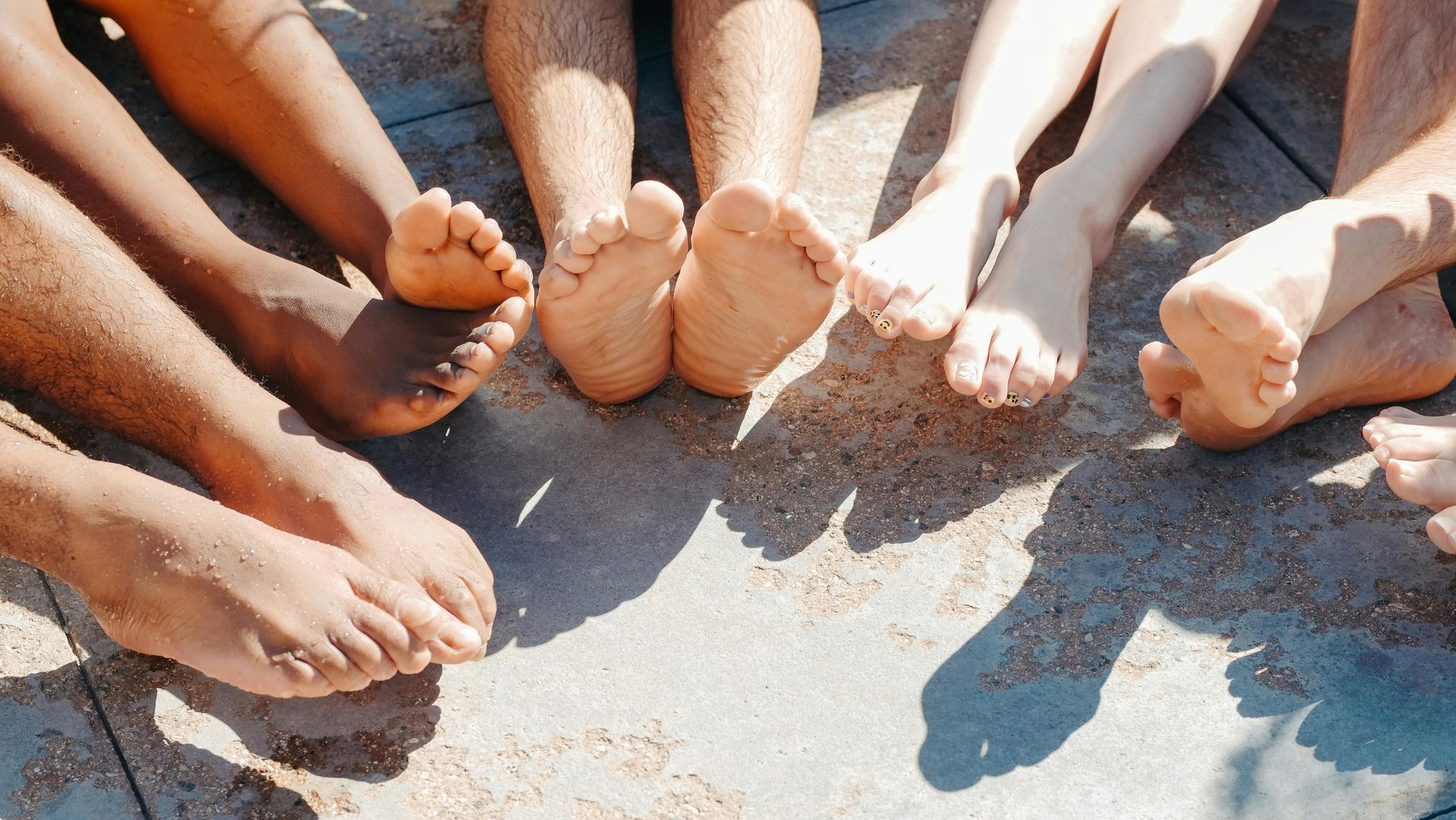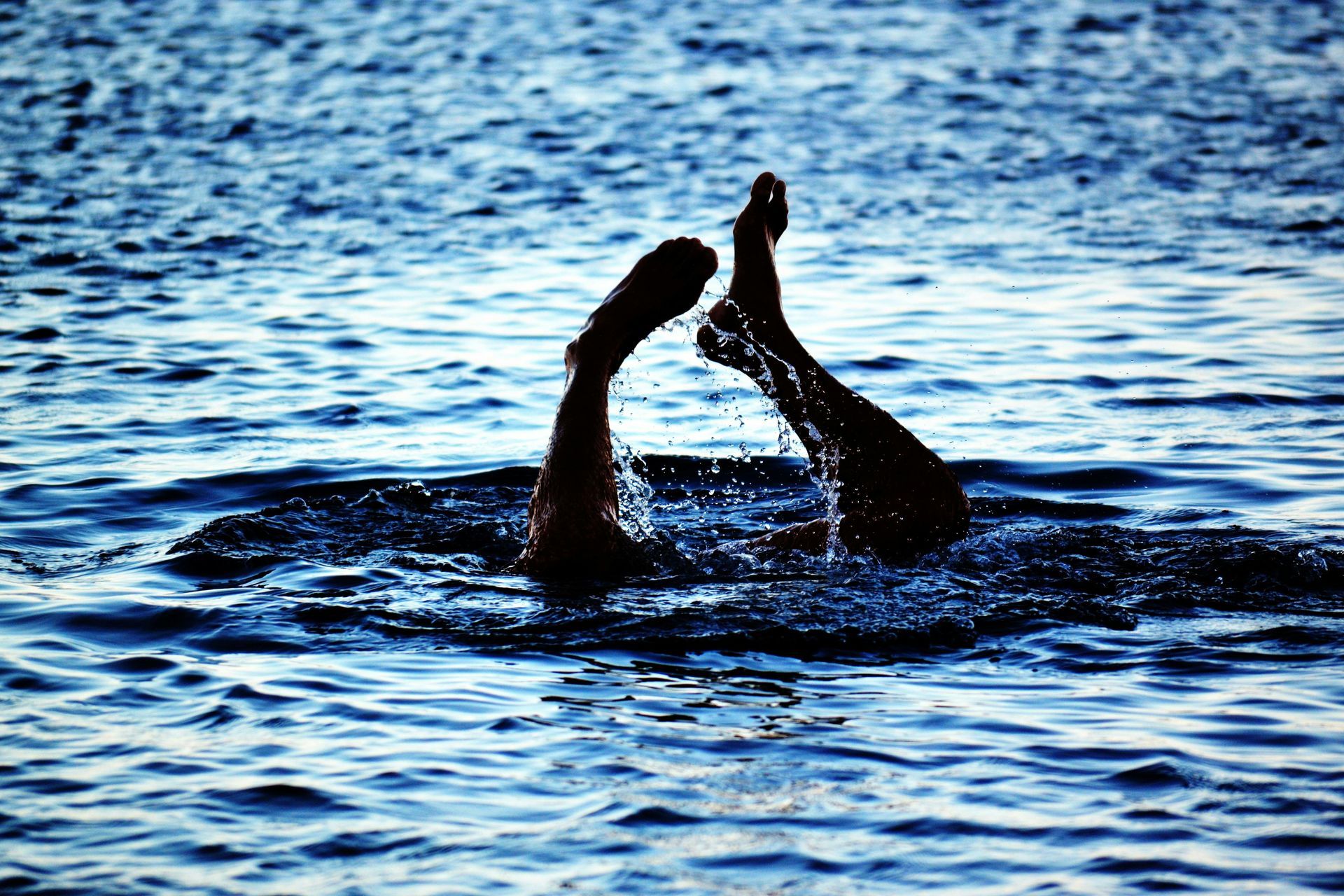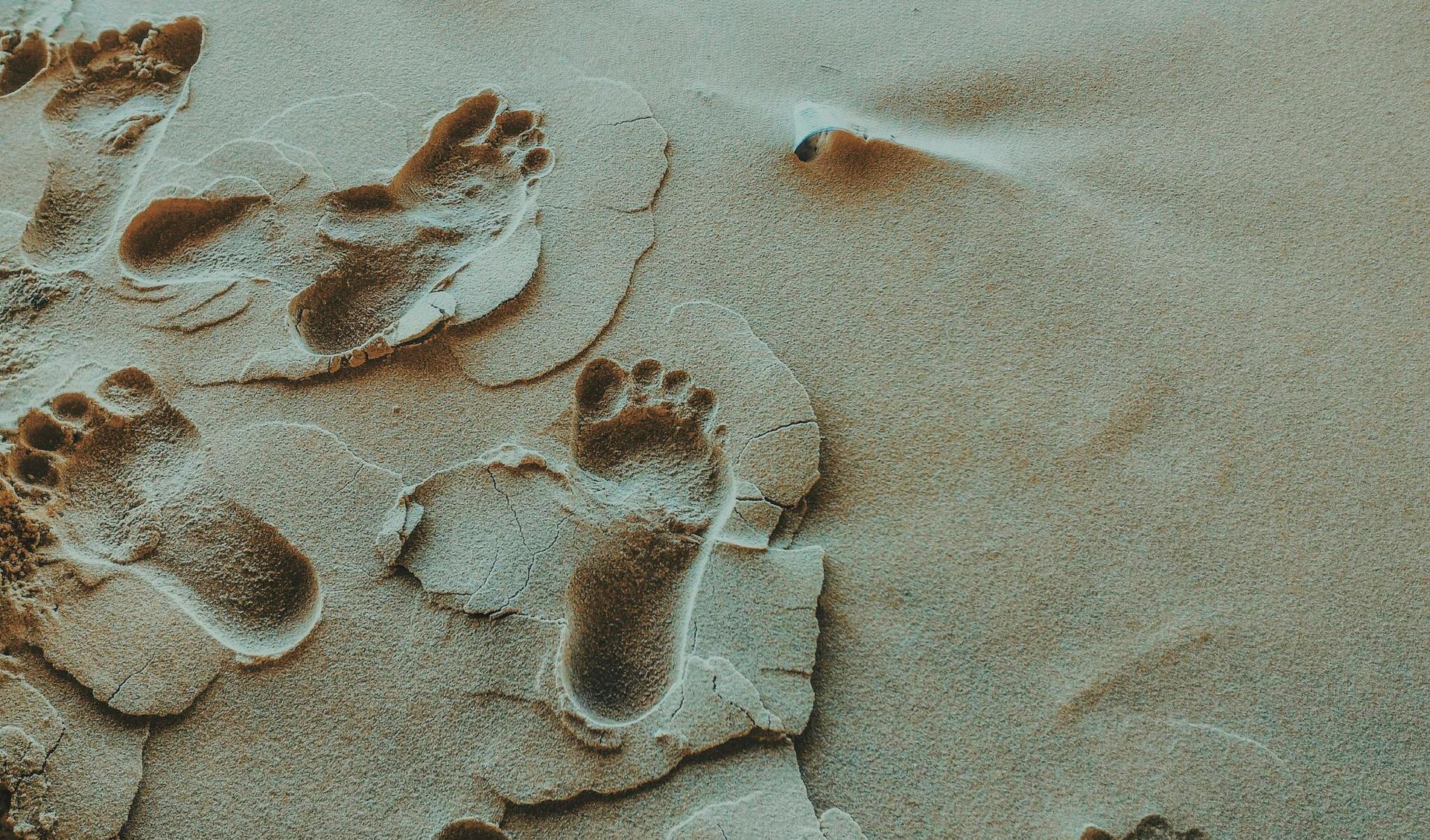Understanding Baby Feet
A Marvel of Engineering
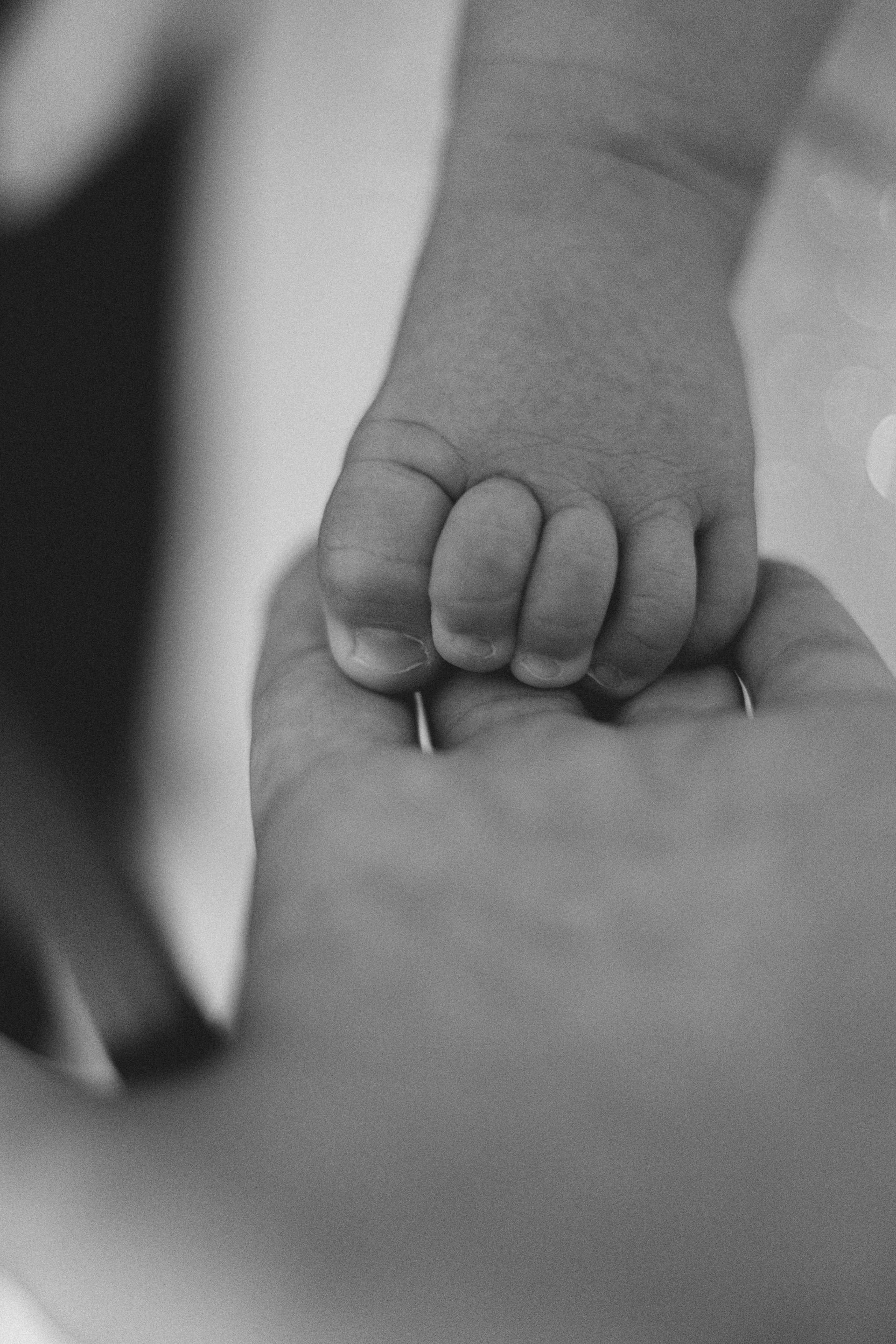
Baby feet are a marvel of nature, but they also require careful attention to ensure healthy development.
Here are some key considerations:
Natural Development
Babies are born with flexible, soft cartilage in their feet. Over time, this cartilage hardens into bone, forming the arches and structure of the feet.
Foot Development Stages
Babies go through various stages of foot development:
Infant Stage: Typically flat-footed, with little to no arch visible.
Toddler Stage: Arches begin to develop as the foot muscles strengthen.
Childhood Stage
By around age 6, most children have developed arches and a more adult-like foot structure.
Common Foot Issues
While many foot issues in babies resolve naturally as they grow, parents should watch for signs of concern such as:
Toe Walking: Persistent toe walking can indicate muscle or nerve issues.
Flat Feet: Some children naturally have flat feet, which may or may not require intervention depending on severity and symptoms.
Ingrown Toenails: Occasionally seen in babies, this can cause discomfort and should be addressed promptly.
Overlapping Toes: Where one toe overlaps another, possibly due to genetics or positioning in the womb.
When to See a Podiatrist or Chiropodist
It's important for parents to know when to seek professional advice regarding their baby's feet:
Persistent Issues: If a baby consistently favours one foot over the other or exhibits unusual gait patterns.
Deformities: Any visible deformities or abnormalities in foot shape or structure.
Pain or discomfort: If a baby shows signs of pain or discomfort when walking or moving their feet.
Developmental Delays: Delayed milestones in foot development compared to typical patterns.
Recommended Exercises for Healthy Foot Growth and Learning
Toe Spreading
Purpose: Toe spreading helps improve the flexibility and dexterity of the toes, which is crucial for balance and stability.
How to Do It:
- When: Encourage toe spreading during diaper changes or while your baby is lying down.
- Method: Gently hold your baby's foot and encourage them to spread their toes wide apart.
- Benefits: This exercise promotes natural toe alignment and helps prevent toe deformities like overlapping toes.
Foot Massages
Purpose: Foot massages stimulate blood circulation, relax muscles, and enhance overall foot health.
How to Do It:
- When: You can do foot massages during quiet moments, like before bedtime or during diaper changes.
- Technique: Use gentle strokes with your fingertips, starting from the heel and moving towards the toes. Apply light pressure to the sole and gently massage each toe.
- Benefits: Improved circulation helps deliver nutrients to the feet, aids in muscle relaxation, and can soothe discomfort from growth spurts or teething.
Foot Flexibility Exercises
Purpose: Flexibility exercises improve the range of motion in the feet and ankles, promoting better balance and coordination.
How to Do It:
- When: These exercises can be done during playtime or when your baby is relaxed.
- Techniques:
- Flex and Point: Encourage your baby to flex their feet (pulling toes towards the shin) and then point their toes (stretching them away from the shin).
- Circle Ankles: Rotate your baby's ankles gently in clockwise and anticlockwise circles.
- Benefits: Enhances flexibility in the foot and ankle joints, which is essential for developing a natural walking pattern and preventing stiffness.
Floor Time
Purpose: Allowing your baby to spend time crawling and playing on the floor barefoot strengthens the muscles in the feet, legs, and core.
How to Do It:
- When: Whenever possible, especially during supervised playtime.
- Environment: Ensure the floor is clean and safe. Avoid excessively cushioned surfaces that might hinder balance and coordination.
- Benefits: Develops muscle strength and coordination as your baby learns to navigate different textures and surfaces with their bare feet.
Walking Practice
Purpose: Once your baby starts walking, practicing in safe environments without restrictive footwear encourages natural gait development and strengthens foot muscles.
How to Do It:
- When: Start practicing once your baby shows signs of readiness to walk independently.
- Environment: Choose safe areas indoors or outdoors where the ground is smooth and free of hazards.
- Footwear: Initially, allow your baby to walk barefoot to help them feel the ground and develop balance. As they progress, soft-soled shoes can offer protection while still allowing for natural movement.
- Benefits: Walking barefoot or in soft-soled shoes helps your baby develop proper foot mechanics, strengthens muscles, and improves sensory feedback from the ground.
These exercises are designed to support healthy foot development and enhance learning by promoting strength, flexibility, and coordination. Incorporating these activities into your baby's daily routine not only fosters physical growth but also encourages cognitive and motor skill development. Remember to observe your baby's responses during these exercises and adjust accordingly to ensure they are comfortable and enjoying the activities. By nurturing your baby's feet through these practices, you can lay a strong foundation for their overall health and well-being as they grow.
Read More from our Blog
FootHealth Battersea Blog Spot
Can FootHealth Battersea assist you?
